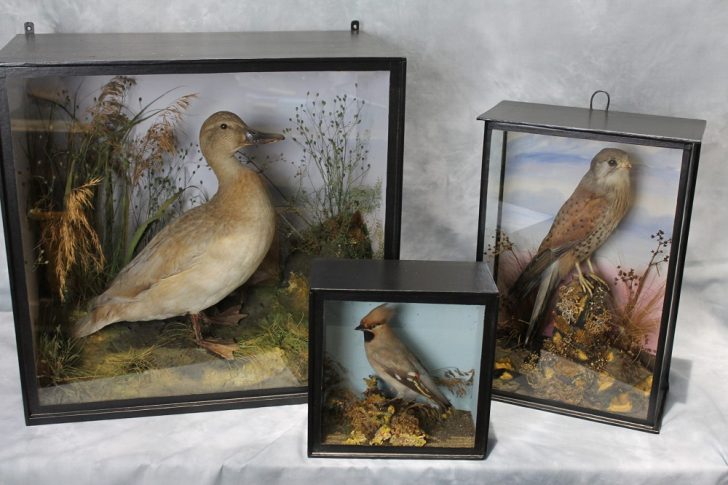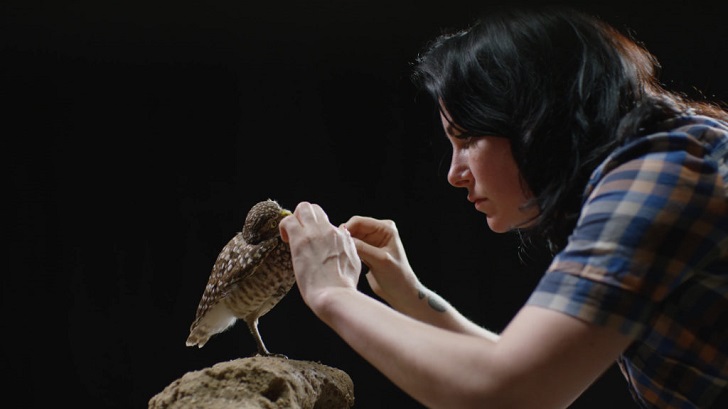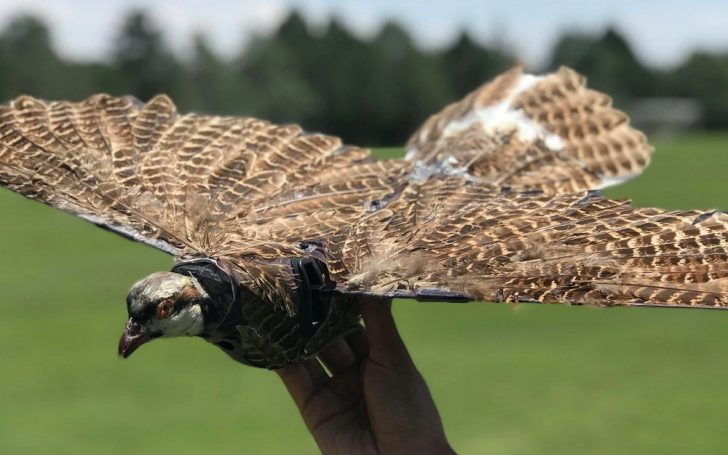Drones have revolutionized numerous industries, from aerial photography to package delivery. However, one particular innovation in drone technology has taken inspiration from an unlikely source: taxidermy birds. By mimicking the movements and appearance of birds, engineers have created drones that fly with remarkable agility and offer unique benefits in various applications.
The Idea Behind Taxidermy Bird Drones
Taxidermy bird drones originated from the desire to develop drones that mimic birds' intricate flight patterns and maneuverability.
Engineers recognized the advantages of birds' natural abilities, such as hovering, gliding effortlessly, and navigating through complex environments. By studying birds' anatomy and flight dynamics, they sought to incorporate these characteristics into the design and functionality of drones.

Emily Matthews/ Getty Images | No real birds were physically harmed in the making of the drones
Design and Technology
Engineers employ a combination of advanced technologies and materials to create taxidermy bird drones. The drones are designed to closely resemble specific bird species' appearance and flight capabilities. This involves careful attention to the wingspan, wing shape, body structure, and even the visual patterns of feathers. Additionally, lightweight and durable materials ensure optimal flight performance and longevity.
Flight Patterns and Agility
One of the key advantages of taxidermy bird drones is their ability to replicate the flight patterns and agility of real birds. Engineers analyze birds' aerodynamics and control mechanisms to recreate their natural flight behavior.
This allows the drones to perform intricate maneuvers, such as sharp turns, dives, and hovering in mid-air. These capabilities are particularly beneficial in applications requiring precise control and maneuverability, such as search and rescue operations or surveillance missions.
Applications in Wildlife Conservation
Taxidermy bird drones have found practical applications in wildlife conservation efforts. These drones can monitor and study animal populations, especially in remote or inaccessible areas.

Sophia Stewart/ Getty Images | There are five steps involved in avian taxidermy: skinning, fleshing, wiring, mounting, and grooming.
By flying mimicking the behavior of specific bird species, drones can approach wildlife without causing excessive disturbance or stress. This enables researchers to gather valuable data on animal behavior, migration patterns, and habitat usage, aiding conservation strategies and ecological research.
Aerial Filming and Photography
The film and photography industry has also embraced taxidermy bird drones for capturing stunning aerial footage. These drones' ability to replicate birds' flight patterns allows filmmakers and photographers to capture previously unattainable shots. Whether it's tracking a moving subject from above or smoothly gliding over scenic landscapes, these drones offer unique perspectives and creative possibilities for visual storytelling.
Precision Agriculture and Pollination
The agricultural sector has recognized the potential of taxidermy bird drones in precision farming and pollination. By mimicking the flight of birds, these drones can navigate through crops and collect valuable data on plant health, soil conditions, and irrigation needs.
They can also assist in pollination by carrying pollen from one plant to another, especially when natural pollinators are scarce or inaccessible. These applications can potentially improve crop yields, optimize resource usage, and mitigate the impact of declining bee populations.

New Mexico Tech/ SWNS | Taxidermy birds are taking flight once again, attached to flapping-wing drones
Challenges and Future Developments
While taxidermy bird drones offer exciting possibilities, there are still challenges to overcome. One significant challenge is achieving the same level of flight endurance as real birds. Birds have the advantage of efficient energy utilization and instincts that enable them to sustain flight for extended periods. Engineers continue to refine these drones' design and propulsion systems to improve their endurance and efficiency.
In the future, we can expect to see further advancements in taxidermy bird drones. These may include enhancements in flight stability, noise reduction, and the incorporation of artificial intelligence for autonomous flight and navigation.











